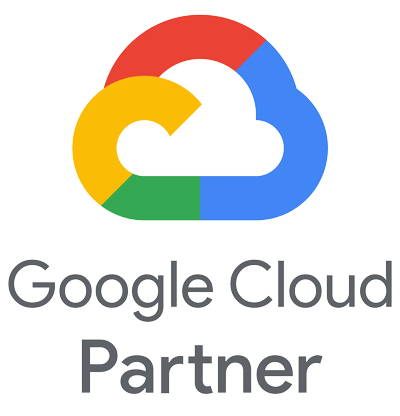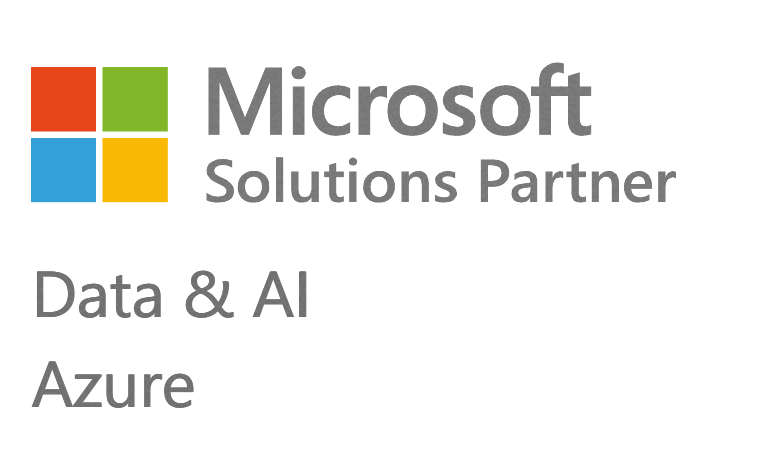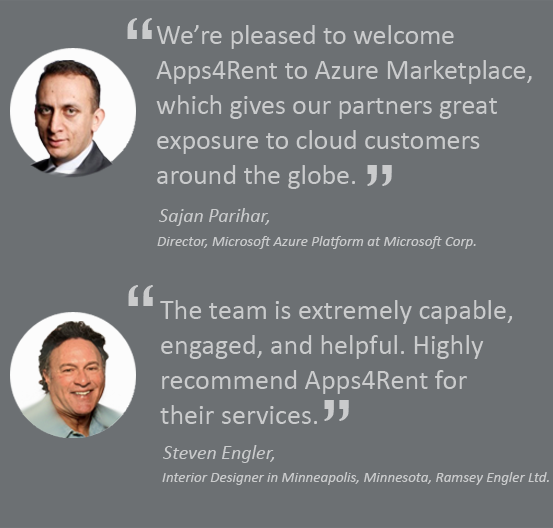Since the first Apple iPhone release in 2007, the product line has steadily gained a foothold in the business world; it’s even gained some acceptance at the enterprise level. Apple iPhone family (including iPhone 3G and 3GS) has become the trend setting smart phone platform in the consumer market, and is chipping away at the dominance of RIM’s BlackBerry phones in the Enterprise. With the operating system software upgrades, Apple iPhone has now acquired full integration with Microsoft Exchange server. If your business needs to serve a variety of mobile users including Apple iPhone users, then Exchange hosting from Apps4Rent may be useful.
Hosted Exchange 2013 – Hosted Exchange 2013 Plus
Latest Features
- Free Migration Help
- Free Exchange ActiveSync
- Free SharePoint
- Free Anti-Spam
- Free Anti-Virus
- Free Outlook Web App
- Offline OWA
- Smart Search
- Data Loss Prevention
- Import Data from Social Networking sites
- Large Attachments
Reliable
- 99.99 % Uptime
- Daily Backups
- 24/7 Phone Support
- 24/7 Expert Staffing
- Top Tier Data Centers
Easy Terms
- No Setup Fee
- Quick Setup
- Use your Domain or Ours
- Month to Month Payments
- No Long Term Contract
- 30 Day Risk Free Trial
From the Apple iPhone to the 3G and 3GS, the iPhone is evolving into the phone for business. The two biggest reasons:
The Apple iPhone is not just a phone; it’s a small Apple Mac
. Apple somehow managed to create a computer the size of a wallet with the capabilities of a desktop computer – that answers the phone. Therefore, it’s the iPhone for business because you can access needed files, find a client address, set appointments, write emails and a number of other necessary business functions no matter where you are.
The Apple iPhone is more than one platform.
Apple has proven they know how to get along, even with a competitor. Microsoft has long held the enterprise level business market, or at least a large part of it; how did Apple take advantage of Microsoft’s niche? By giving Apple iPhone 3G and 3GS users the ability to merge with Microsoft technologies such as Exchange and ActiveSync – another reason why iPhone business acceptance is growing.
The Apple iPhone was a pioneer product, created for beauty, simplicity of use, incredible functionality, speed and ultimate connectivity. The subsequent releases, the 3G and 3GS, are even more so, and the business world is being forced to meet the needs of the mobile workforce and mobile consumer.
How the Apple iPhone 3G and Apple iPhone 3GS Makes Business Conformity Easier?
The “iPhone for Business” idea, with the business world conforming to meet employee and consumer needs, might have been painful. However, the 3G and 3GS releases make it easy, fulfilling the evolution prediction:
Apple iPhone
Year 2007 – The Apple iPhone hits the streets as the first touch-screen phone. A smartphone, the Apple iPhone has a camera, includes text messaging and visual voicemail, an Internet client to allow Wi-Fi connectivity, web browsing and email, a portable media player and virtual keyboard.
Apple iPhone 3G
Year 2008 – The day before iPhone 3G was released, Apple opened the App Store, a directory of (now) over 185,000 applications for business or play. The Apple iPhone 3G, able to grow into a custom-built mini-computer / phone with App Store downloads, already comes with a multitude of fantastic functions, including:
- View your voicemail, much as you would any audio file with QuickTime.
- Connect your iPhone 3G with Mac or PC.
- Keep your computers and iPhone 3G in sync through Apple MobileMe or Microsoft Exchange ActiveSync.
- Watch videos or listen to music, synced from Mac or PC or bought online through the iPhone 3G web browser.
- Browse the Web with the Safari browser and view full site versions rather than stripped-down mobile views.
- View images, PDFs and Microsoft Office documents.
- iPhone 3G allows push email, supporting Microsoft Exchange ActiveSync for use in Enterprise.
- Find locations with GPS, Wi-Fi and cellular towers and get directions.
Apple iPhone 3GS
Year 2009 – The Apple iPhone 3GS release takes the functionality, connectivity and user-friendly smartphone even further. Built upon previous releases, now-common features have been enhanced. However, with the iPhone 3GS, Apple specifically markets their iPhone as “the iPhone for business”. Additional features released with the iPhone 3GS include:
- Enhanced integration with Microsoft Exchange and ActiveSync for any business with Microsoft Exchange Server 2003 or 2007.
- Enhanced encryption of data and secure network communications with SSL/TLS.
- The ability for Exchange users to use complex passcodes and camera restrictions to protect corporate data on the Apple iPhone 3GS.
- Connect with corporate servers via Exchange.
- Remote wipe through an Exchange command if the iPhone 3GS is lost or stolen.
- Configuration profiles that allow you to deploy the iPhone 3GS across an enterprise for VPN, email, wireless network settings and security, among others.
- Up-to-the minute calendar that allows an iPhone 3GS user to create, send out, accept or decline meeting invites, see who’s attending and add alerts. Supports Microsoft Exchange and CalDav-compliant servers.
- Swap, merge or initiate conference calls with a touch.
- GPS-powered Maps to find your way around.
- App Store Apps for business intelligence, salesforce automation, collaboration, mobile it, organization and travel.
As full of business functionality as the iPhone 3GS is, Apple promises more to come. In the summer of 2010, Apple intends to introduce the iPhone OS 4 with even more useful business features.
If you find yourself wondering if your business or enterprise level corporation should march to the Apple drum, the fact that over thirty million iPhones had been sold by the end of 2009 should be a strong indication. However, with the phenomenal ability to connect to the business world no matter what platform your using, business applications at your fingertips and strong security, switching or upgrading to the Apple iPhone 3G, 3GS or the soon-to-be-released OS 4 just isn’t that big a sacrifice.















